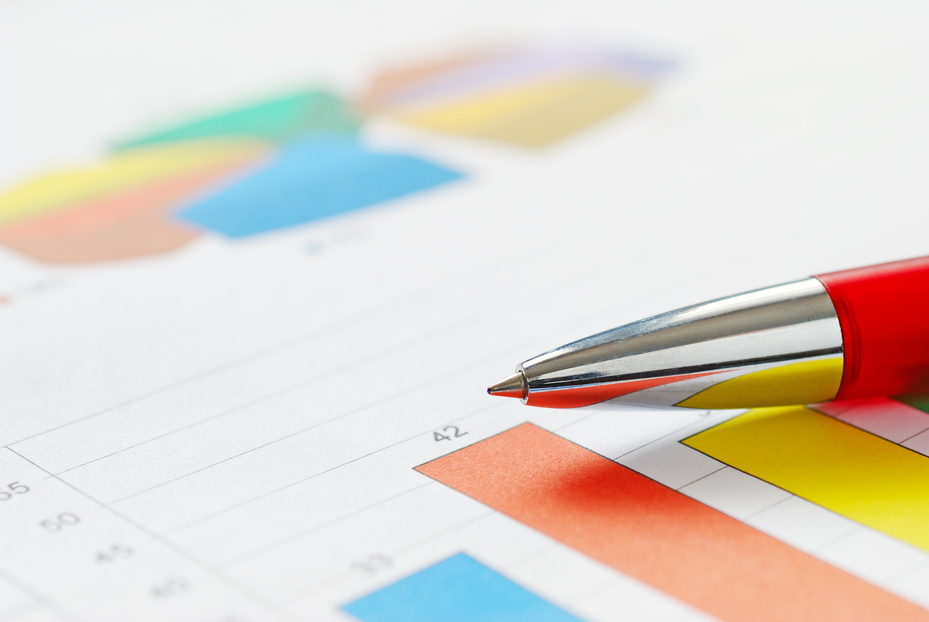This is the first of a blog series from Newcastle University Societal Challenge Theme Institutes on the UN Sustainable Development Goals (SDGs), exploring the targets and indicators of sustainable development that have been mapped out for the United Nations post-2015. The Theme Institutes are well placed to contribute to the SDGs, which aim to address the social, economic and environmental aspects of sustainable development. Dr Graham Long is Senior Lecturer in Politics, in the School of Geography, Politics and Sociology at Newcastle University, and he introduces the series, hosted by the Institute for Sustainability, with a political context for the SDGs, arguing that the goals in practice may differ from what has been set out on paper.
SDG indicators: the technical track
The sustainable development goals (SDGs) currently under negotiation at the UN have reached the ‘science bit’. A dedicated technical track is in place to decide upon the indicators to accompany the goals and targets – that is, what will be (and indeed what can be) measured. This exercise will extend into March 2016. The UN Statistical Commission (UNSC) and National Statistical Commissions are charged with arriving at an account of how progress towards the goals will be measured. Alongside a set of global indicators, particular national and even regional indicators might also emerge. When, say, David Hulme – a leading international expert on the Millennium Development Goals – calls for academic engagement, the coming months may be a decisive moment for just that.
This is all good, technical stuff on which academics have the knowledge and the mindset to engage – assessing weighty issues of methodology and measurability, science and statistics, proxies and paradigms, disaggregation and ‘data revolution’. Via the Sustainable Development Solutions Network (SDSN) and the Scientific and Technological UN Major Group, as well as other expert groups and networks, academics have already had input into this process. Indeed, the Scientific and Technological Major Group’s core role is to facilitate the participation of the scientific community on matters of sustainable development. The UNSC, SDSN and the Independent Expert Advisory Group (IEAG) on the Data Revolution, have all recently run open consultations on these kinds of technical questions. As new drafts of the indicators are prepared, we can expect opportunities for input to continue.
However, just because this is a ‘technical’ exercise, doesn’t mean that it’s not also political – that is, it is fundamentally about “who gets what, when and how”[1]. Indeed, the United Nations Statistical Commission (UNSC) states that it expects “broad political guidance” from states on questions of indicators. States (and other actors) involved in negotiating the SDGs are acutely aware of how important the indicators are for the framework that results. Given very broad goal areas, and targets (currently) of varying quality and effectiveness, the indicators will bear a lot of the burden of the SDG framework. They can, in effect, ‘make or break’ the agreement that results. What we choose to measure will dictate where states’ activities are directed as states are keen on saying, ‘what gets measured gets done’. The concrete indicators will be taken to indicate, amongst other things, what these broad and aspirational goals were really driving at in the first place.
Indicators and the review process
Accurate data – and the right data – will be important for the review and follow up framework for the goals. Data is indeed “the raw material of accountability”, as the IEAG proclaims. However, there is a lot more to accountability than just data – notably, the responsiveness of actors and the presence of standards and sanctions. The SDG agenda is not even really about accountability – even though it will be accompanied by a monitoring mechanism of some stripe. These are “aspirational” and “voluntary” goals, and their complexity tells against attempts to allocate responsibilities to particular actors.
Even if we are speaking of ‘monitoring’ or ‘follow up’ rather than accountability in a strict sense, indicators are but raw materials of a process. They have to be assessed in appropriate structures and forums. Whilst the indicators themselves are technical, the arenas in which they will be used are decidedly not. And without institutions that allow for scrutiny, all the scientifically valid indicators and successful measurement in the world will not give us effective review or monitoring, let alone accountability. This framework for monitoring and review is up for discussion at the next set of intergovernmental negotiations in May. Received wisdom indicates that state, regional and global institutions will have a role, with the recently-established “High Level Political Forum”. However, much of how this will operate is still to be decided.
Reflecting goals and targets
On the one hand, a broad and complex agenda to apply to every country suggests that comprehensive coverage would require a large number of indicators. On the other, there is a clear limit on the number that will be practicable. In the context of these conflicting imperatives, which indicators are finally chosen is a question with great political significance for the goals. It looks important to select indicators that at least reflect the spirit, intent or guiding idea of each goal area. Indicators must strive for technical rigour. But if they do not accurately capture the key aspirations for each goal, then the goal in practice – come March 2016 – will not reflect the goal on paper in September 2015. Again, this demonstrates how important the formulation and selection of indicators will be. States, through negotiation, will decide on the essence of the goals and exercise final control over how this judgement will be made, something that will surely prove to be difficult and controversial.
The limit to the scope for “technical” assessment is clearly indicated by the way that, even as the indicator process was confirmed as technical, many states vigorously rejected technical proofing of the targets, even though the targets are very mixed in quality and just as crucial. For some states, evidently, the targets are too political to be technical. Other states invoked technical inputs precisely to make the opposite political point. When the Scientific and Technological Major Group – offering “the science perspective” – reported that only 29% of the targets are “well-formulated and based on latest scientific evidence”[2], this finding was widely invoked in favour of proofing and pruning of targets.
No escape from politics
We should proceed with caution about any assumption that the indicator debate, by virtue of being “technical” or “scientific”, is not also political. For those stepping into such issues, ‘forewarned is forearmed’. But also, the SDGs offer a much broader agenda for study by almost every branch of the sciences and social sciences – from assessments of their ultimate ends and assumptions, or their place in a wider history of ‘development’ initiatives, down to the detailed content of every indicator. The SDGs need expert scrutiny in every root and branch. Not only where such academic input would be welcomed by states, but also precisely where it might not be.
[1] To adapt Harold Lasswell’s phrase from his book Politics: who gets what, when, how (New York: Whittlesey House. 1936).
[2] http://www.icsu.org/publications/reports-and-reviews/review-of-targets-for-the-sustainable-development-goals-the-science-perspective-2015/SDG-Report.pdf
These are the author’s personal views, and do not necessarily reflect the position of any larger organisation. (Contact graham.long@newcastle.ac.uk to find out more)
Newcastle University Societal Challenge Theme Institutes:


